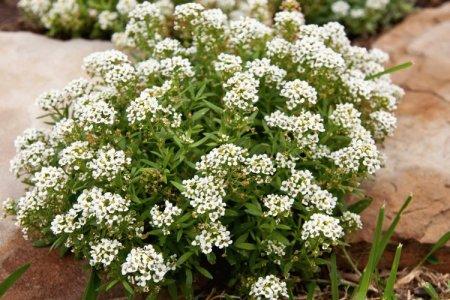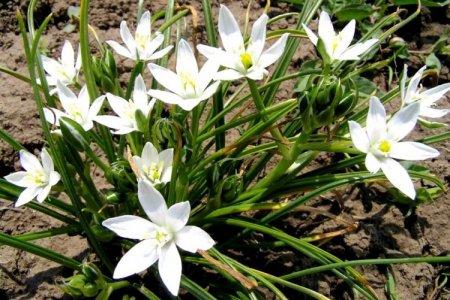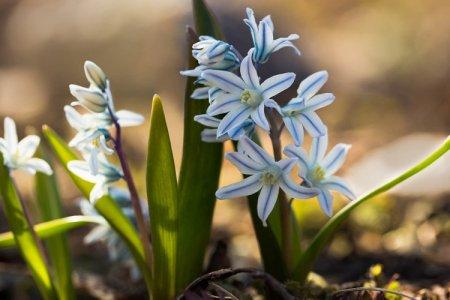
The evergreen and highly decorative cypress has won a special love among gardeners and indoor plant lovers. It is grown both on plots and indoors. It grows well and quickly, and fills the air around with a pleasant pine scent!
general information
Cypress attracts with its spectacular and dense crown, most often - a neat pyramidal shape. This specificity is due to the growth of branches that rise sharply upward. What looks like needles are narrow leaves, scales.
Cypress bark becomes darker and coarser with age. The leaves grow crosswise, with a bright green hue. Cones are round and slightly grayish. Despite the fact that almost all types of cypress trees are native to warm regions, they adapt well to frost.

Types of cypress
Sometimes it is difficult to believe that two different species are the same cypress, they are so different. In our latitudes, we are most often talking about the pyramidal cypress. But we will tell you about a few more interesting options!
Pyramidal cypress
He came to us from the warm regions of Italy, and this is the only European species. In nature, it lives in the Mediterranean, but for more than 200 years it has been successfully grown by gardeners. The height of the crown in the wild sometimes reaches 35 m.

Swamp cypress
It is also called the taxodium, and it lives in the swampy regions of the United States. It is a tall, large tree with a powerful massive trunk and a thick crown. There are known specimens with a trunk diameter of about 12 m.

Arizona cypress
It was he who became the main one for many breeding varieties with a decorative blue crown. In nature, he lives in the mountains and lives up to 500 years, stretching up to 20 m during this time.

Common cypress
It is an Asian variety with a narrow, short crown. It is interesting that its branches are almost horizontal, unlike most of its relatives. They are just very short, so in general the crown is conical.

Mexican cypress
A thermophilic species that researchers have estimated over 400 years ago. It is huge, with a wide and spreading crown, but even here the outline of the pyramid is preserved.

Dwarf cypress
A beautiful decorative variety of compact size, which also grows very slowly. The height of a tree with small green needles rarely exceeds 50 cm.

Cypress care
Among its closest relatives, like thuja and fir, cypress is considered the most unpretentious. That is why it can be grown in tubs and taken out into the garden for the summer, and taken indoors for the winter.
Temperature and lighting
Even subtropical species do not like very intense heat and direct sunlight. This is especially true for small young trees, which are recommended to be shaded in the sun. But in winter, for indoor flowerpots, additional lighting will be needed.

Watering
In the summer, the cypress needs intensive, regular watering. It is important that the ground is always moist, but without stagnant water. Good drainage is imperative. For indoor cypresses, always drain the water from the sump and spray on the needles.

The soil
Any soil is suitable for conifers, and you can also mix leafy soil with turf and peat. A baking powder and a thick drainage layer are imperative. This applies to both garden and indoor plants.

Fertilizers and feeding
It is absolutely impossible to fertilize cypress with organic matter, and in general, be careful with fertilizing. It is better not to give him anything than to give universal complex mixtures that will simply burn the tree. The maximum can be used mixtures for conifers in low concentration with magnesium.

Pruning
The cypress is pruned in early spring. Remove all old, weak and frozen branches, and at the same time you can correct the shape of the crown. In general, up to a third of the green mass can be removed in one cut.

Wintering
Frost-resistant cypresses in the garden do not need additional care before winter. They easily tolerate frosts down to -20 degrees, but if you wish, you can mulch the soil around. Heat-loving species in tubs are brought into the room when the temperature drops below 5 degrees.

Transfer
Cypress grows quickly and depletes the soil just as quickly, so pot and tub plants need to be replanted every 2 years. But the cypress has a very delicate root system, so this must be done very carefully and transshipment. It is categorically impossible to bury the root collar in the ground.

Reproduction and planting of cypress
In early spring, cypress is propagated by seed, but keep in mind that they have poor germination. Plant with a stock right in the box, and leave it in the shade, spraying regularly. The first shoots will hatch in a couple of weeks, and on average they can be planted in about a month.
In autumn, apical cuttings are used, which are rooted immediately in the ground. Maintain high humidity and ideally place the cypress in a greenhouse. Remember that not all cuttings will take root - this is normal for cypress.

Cypress pests and diseases
Cypress is resistant to disease, especially since it contains naturally occurring fungicides in its bark. Most often, problems begin with improper care. For example, the crown turns yellow due to dry air, and dries and darkens due to an excess of bright light. The plant is pulled out when the lighting, on the contrary, is not enough.
Sometimes scabies and spider mites appear, which hide on the trunk and leaves. It is necessary to thoroughly rinse the cypress and spray it with a protective agent several times according to the instructions.

Cypress - photo
Cypress is a real salvation for the northern regions with a fleeting summer, where it is so difficult to have time to enjoy the greenery in all its glory. This evergreen tree makes up for such a lack of experience!



























